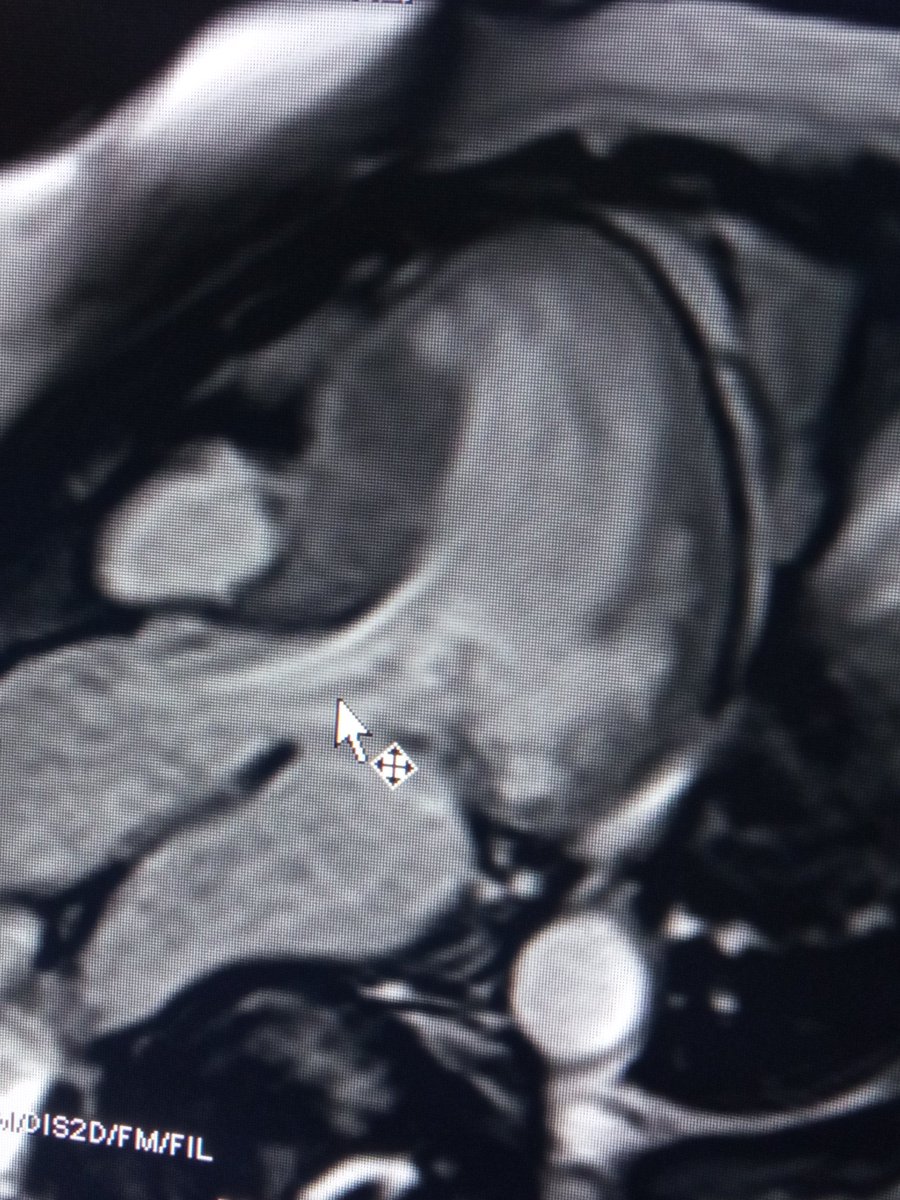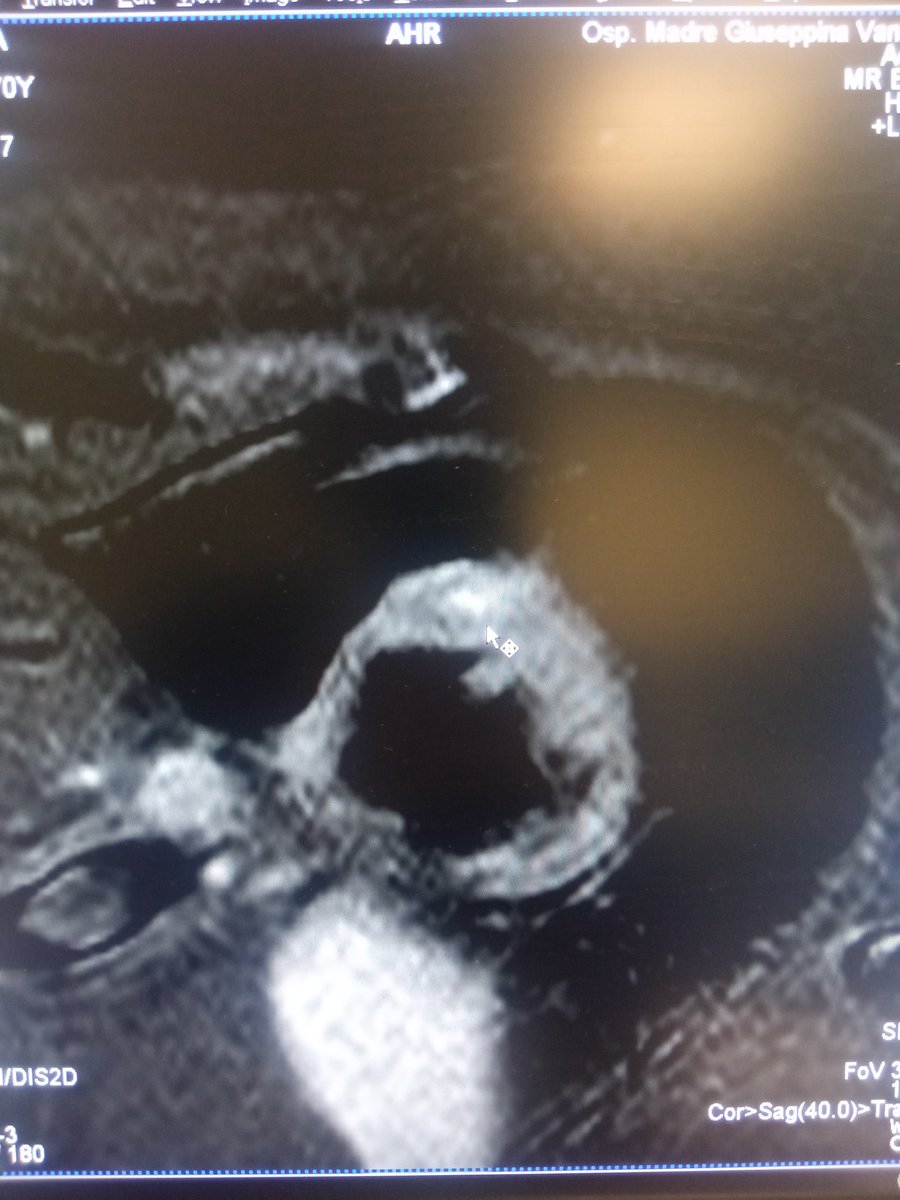Just published our latest work.
Investigating myocardial involvement in #COVID19 by troponin and BNP: dual center study on the first wave in Lazio region, Italy. link.springer.com/article/10.100… @mikeolangel @beamusumeci1 @P_Martelletti. Here it follows some considerations.
Investigating myocardial involvement in #COVID19 by troponin and BNP: dual center study on the first wave in Lazio region, Italy. link.springer.com/article/10.100… @mikeolangel @beamusumeci1 @P_Martelletti. Here it follows some considerations.
1. Increase of troponin/BNP was common in our sample, higher in patients with worse in-hospital prognosis (consistently shown in literature). Take into account epidemiological characteristics of the population: older age, high rate of comorbidity and fatal outcome.
2. Troponin and BNP generally had parallel increase, both in relation to A) markers of disease severity (D-dimer, CRP, P/F) and B) pre-existing condition of vulnerability (age, previous CVD, renal insufficiency etc.). However,
3. troponin was more closely (independently) associated to the firsts. Possible explanations include hypoxia, inflammatory myocardial involvement (nicely shown here jamanetwork.com/journals/jamac…) and, hypothetically, thrombosis of coronary microvessels (thelancet.com/journals/lanmi…)
4. BNP was more closely (independently) associated to the latters, especially previous CVD. Overall, increasing age remained the main determinant of both troponin/BNP increase. Trying to draw some conclusions:
5. Keep assessing troponin/BNP in #COVID19 for
A) Risk stratification (in-hospital mortality) and
B) (still speculative) phenotyping, where troponin=higher inflammatory driver and BNP=pre-existing diseases complicating outcome.
A) Risk stratification (in-hospital mortality) and
B) (still speculative) phenotyping, where troponin=higher inflammatory driver and BNP=pre-existing diseases complicating outcome.
@threadreaderapp unroll
• • •
Missing some Tweet in this thread? You can try to
force a refresh







